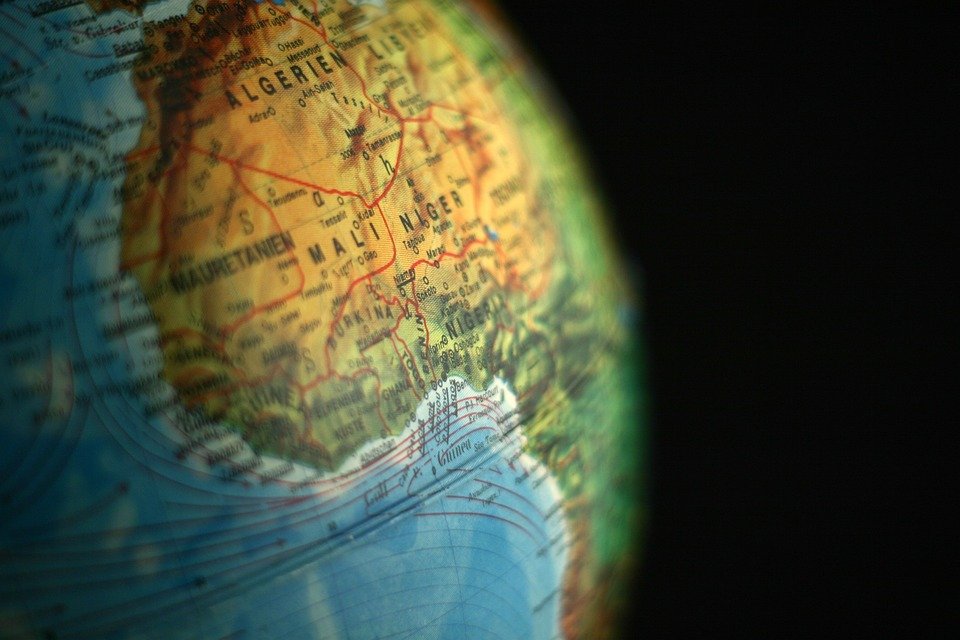Introduction
The Middle East, often characterized by its arid landscapes and scarce water resources, has been embroiled in conflict for decades. While geopolitical tensions, religious strife, and territorial disputes dominate the headlines, an often-overlooked battleground looms large: water. The region’s limited freshwater supply has become a catalyst for conflicts, creating what many are now calling "Water Wars." As populations grow and climate change exacerbates water scarcity, the struggle for this essential resource is likely to intensify, posing significant implications for regional stability and global geopolitics.
The Geography of Scarcity
The Middle East is one of the most water-scarce regions in the world. Major water sources, such as the Tigris and Euphrates rivers, the Nile, and the Jordan River, traverse multiple countries, often creating complex geopolitical challenges. The situation is further compounded by aquifer depletion, pollution, and climate change which is anticipated to reduce rainfall in already arid areas.
Countries like Iraq, Syria, Turkey, and Iran are interconnected through river basins, making water a shared yet contentious resource. In particular, the construction of dams, such as Turkey’s Ilisu Dam on the Tigris River, has raised alarms about downstream water availability, leading to tensions with neighboring Iraq and Syria. The Nile Basin, home to eleven countries, presents a similar scenario. The Grand Ethiopian Renaissance Dam (GERD) has been a source of contention between Ethiopia, Egypt, and Sudan, as Egypt fears a reduction in its vital Nile water supply.
Historical Context
The roots of water-related conflicts in the Middle East can be traced back to historical grievances and colonial legacies. The Sykes-Picot Agreement, which divided the Ottoman Empire’s territories, set the stage for modern state boundaries often cutting across critical water sources. As countries emerged in the mid-20th century, they inherited these complex arrangements, igniting tensions over water rights that have persisted into the present.
One notable instance occurred during the Arab-Israeli conflict in the 1960s; Israel’s control over the Jordan River and its tributaries became a flashpoint. Water resources have consistently been central in peace negotiations, though agreements have often failed to address long-term sustainability and equitable distribution.
Climate Change: A Catalyst for Conflict
Climate change presents an existential threat to water availability across the Middle East. Predictions indicate a decrease in precipitation and an increase in temperature, leading to more severe droughts. This not only affects agricultural productivity but also exacerbates existing tensions over water access.
A report by the International Water Management Institute emphasized that the water scarcity crisis in the region could lead to heightened food insecurity, migration, and social unrest. As livelihoods suffer, vulnerable communities become more susceptible to radicalization or conflict, creating a vicious cycle of instability.
The Role of Governance and Technology
Effective water management is crucial in addressing the challenges posed by water scarcity. Unfortunately, many Middle Eastern countries struggle with outdated infrastructure, corruption, and inefficient resource management. In contrast, there is a growing recognition of the potential for technology to improve water conservation and management.
Innovative approaches, such as desalination, rainwater harvesting, and wastewater recycling, present opportunities for enhancing water security. Countries like Israel have pioneered advancements in agricultural technology and water recycling, setting an example for their neighbors. Cooperation on water management can also serve as a diplomatic conduit for fostering peace, as shared interests create a foundation for collaboration.
The Path Forward: Cooperation or Conflict?
As the water crisis deepens, the choice for Middle Eastern nations is clear: cooperate or risk intensified conflict. Regional agreements that prioritize equitable resource distribution and sustainable management are essential in promoting long-term stability. For instance, the 1994 Israel-Jordan peace treaty included provisions for water sharing, highlighting the potential for water diplomacy.
International organizations and neighboring countries can play a significant role in facilitating dialogue and providing technical expertise to foster cooperative water management strategies. The United Nations and other bodies can help mediate disputes and promote investment in joint projects that enhance regional water security.
Conclusion
The battle for water resources in the Middle East is emblematic of a deeper struggle for survival in a resource-scarce environment. As climate change exacerbates existing challenges, the issue of water will only grow in importance. However, the path forward need not be marked by conflict. By prioritizing cooperation, diplomatic engagement, and sustainable practices, the countries of the Middle East can work towards a future where water resources are shared peacefully, fostering both stability and prosperity in a region often characterized by division.
As we look to the future, it is clear that the management of one of humanity’s most crucial resources—water—could be key to transforming the narrative of the Middle East from one of conflict to one of cooperation and resilience.


